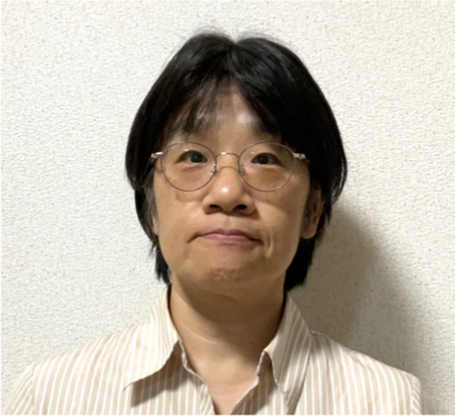
Dr. Atsuko Ichikawa
Professor, Department of Physics, Graduate School of Science, Tohoku University.
The T2K experiment searches for a violation of the symmetry between particles and antiparticles, called CP violation, in the neutrino oscillation phenomena. In the experiment, the J-PARC 30-GeV, high-power proton accelerator located at Tokai, Ibaraki Prefecture, launches neutrinos and antineutrinos separately toward the Super-Kamiokande at Kamioka, Gifu Prefecture, located 295 km away. The difference between neutrino oscillations and antineutrino oscillations, if observed, is the signature of CP violation.
Matter in the universe was created through the Big Bang. According to particle theory, particles and antiparticles, whose signs of electric charges (or particle numbers in general) are reversed to each other, are always created in pairs and annihilate in pairs. Matter is composed of particles, while antimatter is composed of antiparticles. Therefore, the fact that only matter and no antimatter remains in the current universe is known as the “mystery of the predominance of matter in the universe” and is considered as a big problem in the cosmic and elementary particle theory. Sakharov’s three conditions are known to be necessary for matter to be predominant in the universe; they are baryon number violation, C and CP violation, and nonequilibrium. CP symmetry holds if the laws of physics are invariant under simultaneous transformations of charge (particle to antiparticle) and parity (spatial inversion). Although CP violation has been discovered in quarks, it is considered insufficient to explain the predominance of matter in the universe, and accordingly, CP violation in leptons, including neutrinos, has attracted attention. CP violation in neutrinos is represented by the complex phase δ of the neutrino mixing matrix, and if δ has a value other than 0 or ± π (with a period of 2π), CP symmetry is violated.
A strong neutrino beam is indispensable to the search for CP violation in neutrinos. Dr. Ichikawa has been involved in the conceptualization, design, and fabrication of neutrino beam generators since the beginning of the T2K experiment and played a central role in the realization of a device called an electromagnetic horn to focus the neutrino beam and increase the beam intensity. The electromagnetic horn is a highly technical device that operates in the harshest radiation environment of any neutrino beam facility. In addition to serving as a physics analysis leader, she has been the spokesperson of the T2K experiment from 2019 to 2023 leading an international experimental group consisting of about 500 collaborators. She has led the research in all aspects of the experiment.
Results published in 2020 [1] rejected nearly half of the possible values δ with a confidence level of 3σ or higher. This is the first experimental result in the world that provided a constraint on δ. The results also prefer δ = − π/2 corresponding to CP violation, and the range of possible values δ at a confidence level of 3σ has been provided to be [− 3.41, − 0.03] for the case of the normal ordering of three neutrino masses (\({m}_{1}<{m}_{2}\ll {m}_{3}\)) and [− 2.54, − 0.32] for the case of the inverted ordering (\({m}_{3}\ll {m}_{1}<{m}_{2}\)), respectively. The symmetry-preserving values, 0 or ± πσ, are rejected at 95% confidence level, which means that the results indicate CP violation in neutrinos with 95% confidence.
In the world, the US NOνA experiment of competing performance is following up the T2K experiment, and furthermore, next-generation projects are being prepared in the world. In Japan, Hyper-Kamiokande is under construction, and the measurement of δ-value is one of its main objectives. In addition to the enlargement of the neutrino detector at Hyper-Kamiokande, the further enhancement of neutrino beam intensity is planned to discover CP violation and to measure CP phase with high precision. Another large-scale project, DUNE, is also prepared in the USA for the measurement of δ. The results of T2K will have a significant impact on these large-scale projects as well as on future research in particle physics and astrophysics.
The T2K Collaboration, Constraint on the matter-antimatter symmetry-violating phase in neutrino oscillations. Nature 580, 339 (2020)
If you'd like to subscribe to the AAPPS Bulletin newsletter,
enter your email below.